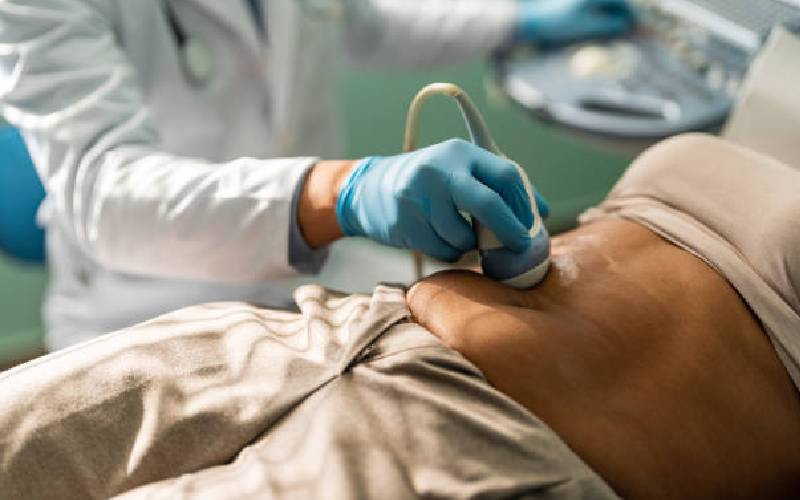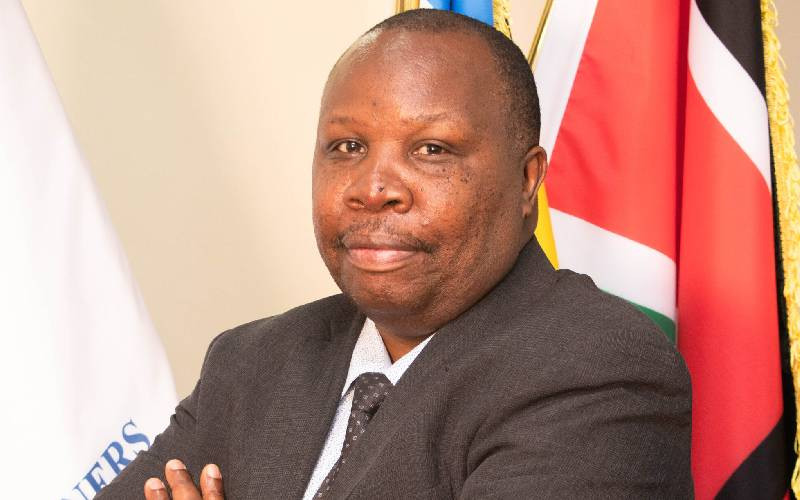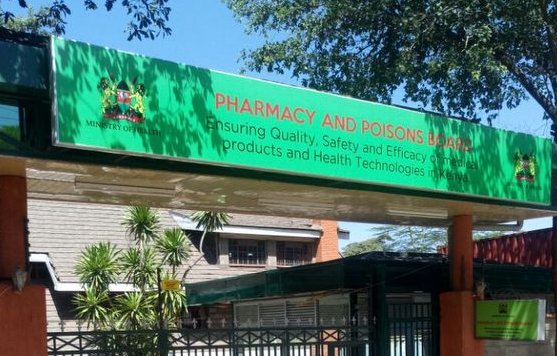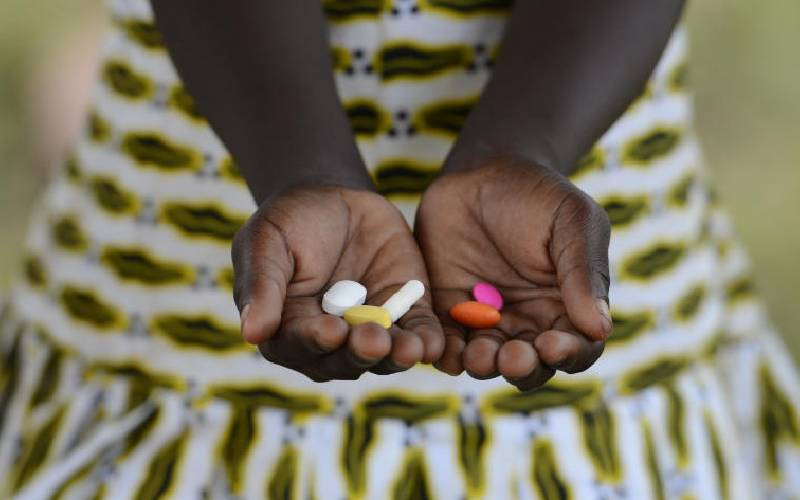
Precision Oncology continues to open new frontiers in management strategies of various cancers, especially liver and brain cancers.
In recent experiments, researchers found that ultra-sound is able to break down tumours in rats and kill cancer cells. This also enhanced Immune system, preventing further spread of the disease (metastasis).
By destroying 50 to 85 percent of the liver tumour volume, the rat immune system was able to clear the rest. They also didn’t find any evidence of tumour recurrence or metastases in more than 87 per cent of the animal.
Lately, scientists have been able to develop techniques involving low-intensity ultrasound to treat aggressive and invasive brain and liver cancers.
The ultrasound wave device is implanted in the skull in the case of brain tumours. This generates tiny bubbles to open blood-brain barriers, and deliver specific drugs to targeted tumour cells.
The blood-brain barrier is a thin protective layer of specialised cells lining the very small blood vessels guarding human brains to keep out pathogens and other deleterious material. It also prevents potentially useful material from getting into the brain, including useful molecules like drugs (medicines); that are essential for treatment for tumors and neurodegenerative diseases, by effectively unabling it to reach the targeted sites.
It is also important to note that the brain is a very delicate or fragile organ and any damage to, or any part of it, can have irreversible and devastating consequences.
Therefore, the scientists had to develop new, safest and effective means to bypass the blood-brain barrier.
Methods like surgical injection have been tried in the past but they involved skin incisions, holes in the skull and passing instruments through the brain. This carried highest risks of infections, bleeding and swelling of the affected tissues which in turn cause permanent brain damage.
To eliminate these risks, the focused ultrasound technique was developed. This is a non-invasive way to open the blood-brain barrier. In phase 1 trial, the ultrasound device was implanted in the skull of 17 glioblastoma patients. 4 weeks later, the treatment began with a common chemotherapy drugs. In normal circumstances these medicines do not cross the blood-brain barrier. However, ultrasonography device works by making tiny bubbles vibrate inside the brain’s blood vessels temporarily making protective outer layer permeable. They later found out that the opening the barrier led to 4 to 6 fold increase in the drug concentration in the human brain. The study also showed how quickly the blood-brain barrier closes after being opened by the ultrasound. It closes in the first 30 to 60 minutes after the communication. This helped the scientists to optimise what order to deliver drugs to allow for better penetration of the brain.
In addition, scientists developed hydrogel that can revert cancer cells back to cancer stem cells within 24 hours, making them an easy target for chemos or drugs.
It is important to note that Cancer stem cells are found within the tumour and have the ability to self-renew and differentiate into different other type of cells, just like other stem cells. They are notorious for being resistant to chemotherapy and radiotherapy and also good at hiding in other body tissues; the reason behind resistance to drugs administered or radiotherapy and or cases of reoccurring of the malignancy.
The emerging hydrogel - Double Network Gel- has played a significant role in deep understanding of various forms of cancers. Double Network Gel is composed of 2 chemicals and water, giving it characteristics similar of that of a biological tissue. Researchers placed cancer cells on the Double Network Gel and they formed spherical structures to produce specific molecules called markers of the cancer stem cells. These cells are difficult to identify but they are the main target for anti-cancer drugs because they are resistant to chemotherapy and radiotherapy.
The hydrogel in 6 different human cancer types were identified and this led to the development of various cancer therapies including anti-cancer stem cell drugs and personalised medicine, thanks to their ability to spot their unique markers.
Prof Ben Fadhili Jilo is a Fellow and a Professor of Neural Stem Cell, UK
 The Standard Group Plc is a multi-media organization with investments in media platforms spanning newspaper print
operations, television, radio broadcasting, digital and online services. The Standard Group is recognized as a
leading multi-media house in Kenya with a key influence in matters of national and international interest.
The Standard Group Plc is a multi-media organization with investments in media platforms spanning newspaper print
operations, television, radio broadcasting, digital and online services. The Standard Group is recognized as a
leading multi-media house in Kenya with a key influence in matters of national and international interest.











